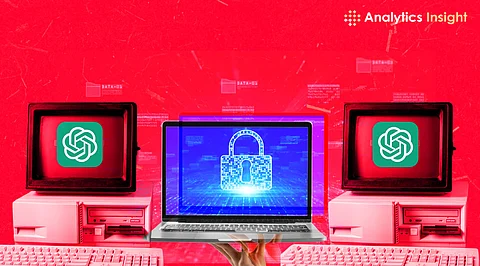ChatGPT Revolutionizes Higher Education: Balancing Benefits and Risks

The integration of ChatGPT into higher education is reshaping how students learn and interact with academic content. This AI tool offers on-demand assistance, enabling students to receive immediate feedback and support tailored to their educational needs. While the advantages are significant, concerns regarding academic integrity, critical thinking, and equitable access to technology persist.
The Transformative Impact of ChatGPT
ChatGPT provides a level of personalized learning that was previously unattainable for many students. With its ability to explain complex theories, offer instant feedback on essays, and troubleshoot coding problems, it serves as a constant academic companion. This accessibility allows students who may feel overlooked in large classrooms to seek help quickly and efficiently.
For educators, ChatGPT lightens the administrative load. Tasks such as grading and quiz creation can be streamlined, allowing teachers to devote more time to meaningful interactions with their students. The tool can also assist in crafting course outlines and recommending educational resources. As a result, educators can focus on enhancing the quality of education rather than being bogged down by routine tasks.
Moreover, ChatGPT enhances accessibility for students in remote or underserved areas. The ability to receive academic support anytime broadens opportunities for independent learning, fostering greater confidence in tackling challenging subjects. Educational institutions can also benefit financially, as AI can efficiently handle administrative tasks, potentially reducing the need for extensive human resources.
Concerns Surrounding AI in Education
Despite its potential, the rise of ChatGPT raises serious concerns. Academic integrity is a primary issue, as the tool can generate essays and provide answers that might tempt students to bypass genuine learning. If misused, this capability could undermine the value of academic qualifications, as degrees may no longer reflect students’ true capabilities.
Another significant concern is the potential for skill atrophy. Over-reliance on AI-generated responses might inhibit the development of critical thinking and problem-solving skills. When students depend on technology to complete assignments, they may lose the ability to engage in deep, analytical thought. This shift alters the educational paradigm from an exploration of knowledge to mere task completion.
Furthermore, the digital divide remains a pressing challenge. Not all students have equal access to reliable internet and digital tools. Those lacking technological resources may find themselves at a disadvantage, exacerbating existing inequalities in education.
The future of ChatGPT in higher education hinges on how institutions choose to navigate these challenges. Establishing clear guidelines for the use of AI tools in assignments, research, and examinations is crucial. Students should receive education in digital literacy, emphasizing not only how to use AI effectively but also how to question and verify the information it provides.
Educators must continue to serve as mentors, guiding students toward ethical use of technology while fostering critical thinking skills. ChatGPT should be viewed as a supplement to traditional teaching methods, not a replacement. Assessment strategies may also need to evolve, prioritizing creative and collaborative tasks over conventional essay formats.
In conclusion, ChatGPT is neither a panacea nor a threat. It reflects the choices made by students and educators alike. When utilized thoughtfully, it can enhance learning experiences and support academic development. However, without careful guidance, it risks undermining the core values of higher education. By implementing clear rules, providing adequate training, and maintaining a balanced perspective, ChatGPT can emerge as a valuable ally in the pursuit of smarter, more inclusive learning environments.





